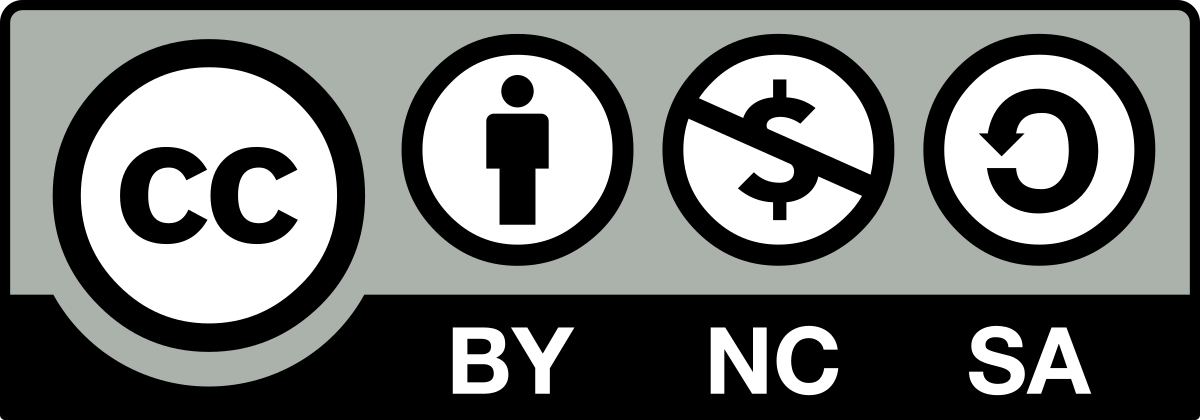Because there was no user in art: imagining a technological sublime
This paper contrasts the procedures of science and art by examining the processes of the evolution of thought, and of the context which grounds thought, in both families of disciplines. The decisive difference is the attitude towards reproducibility: in science, reproducibility is sought after, whereas, in contrast, variation (either deliberately produced or arising out of random, uncontrollable processes) is an essential part of the creative process. After reviewing models from logic and programming, which give useful insights into the relation between thought and context, the work of Otto Neurath on the possibly discontinuous evolution of cluster concepts is examined. This body of theory is then applied to music, art and performance, and the relations between them, reflecting upon the current tendency of industrial design and product engineering to construct a smooth, frictionless world inhabited by a fictional being called The User.
| Item Type | Conference or Workshop Item (Paper) |
|---|---|
| Keywords | Experimentation Machinic Aesthetics, Technological Sublime |
| Departments, Centres and Research Units | Computing |
| Date Deposited | 28 Feb 2024 16:42 |
| Last Modified | 28 Feb 2024 16:42 |
